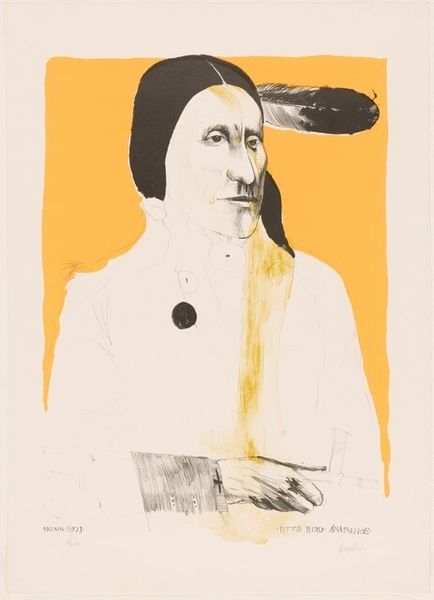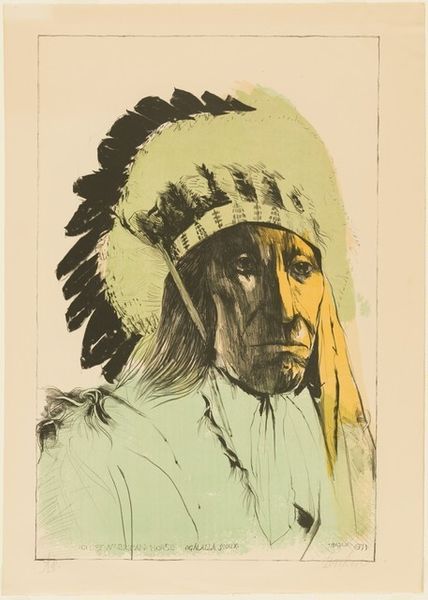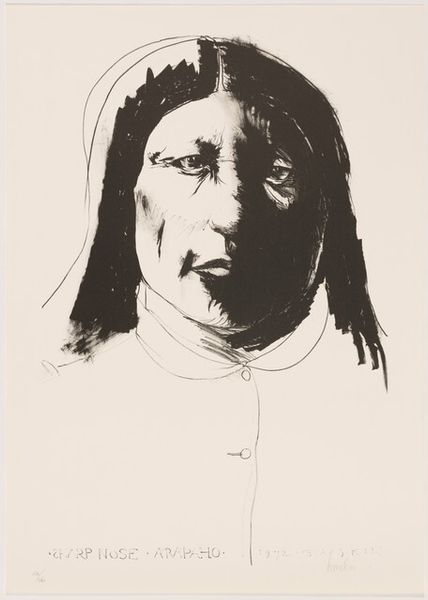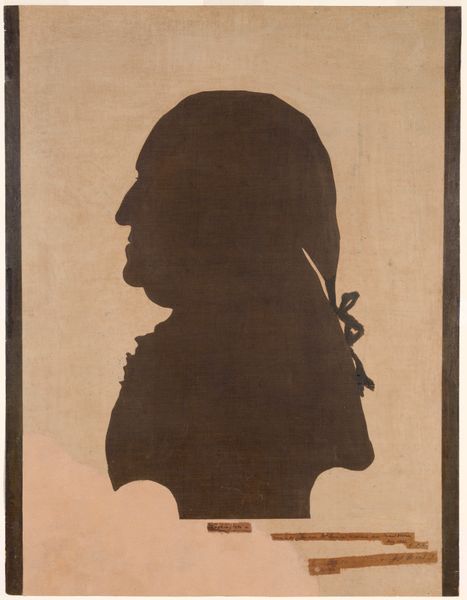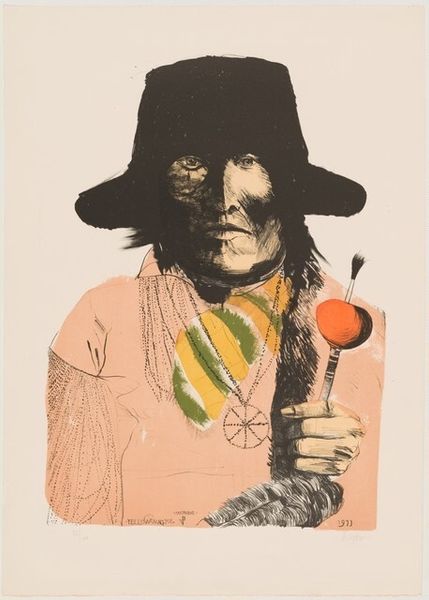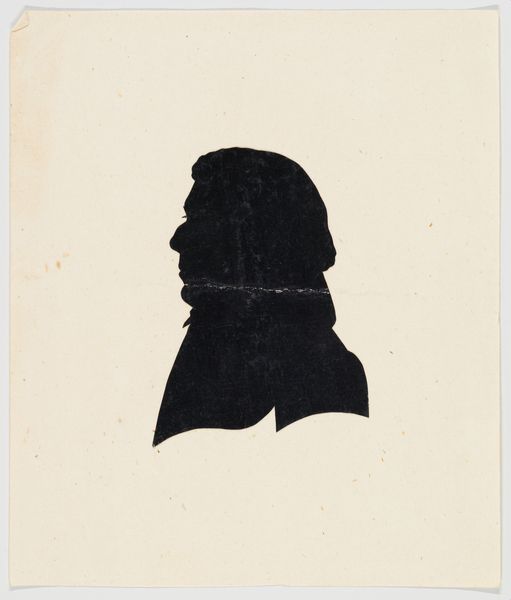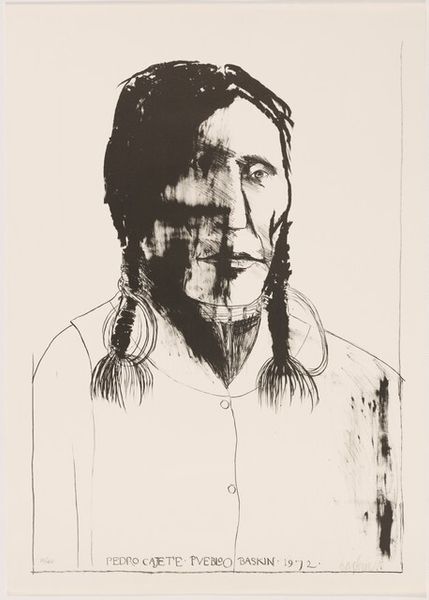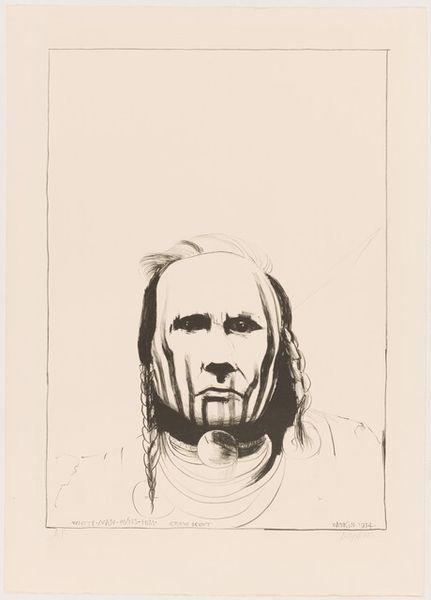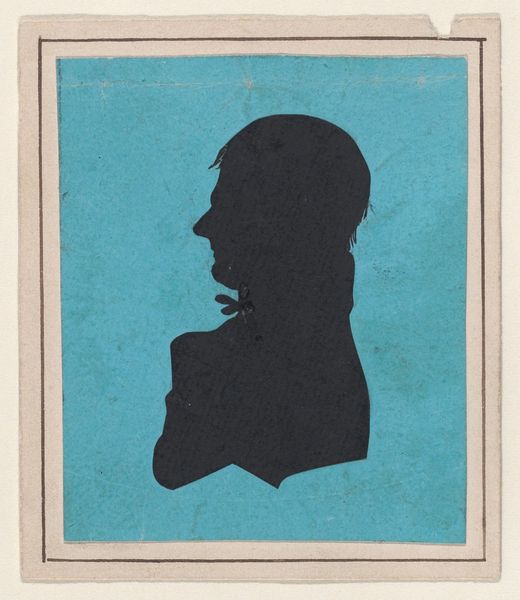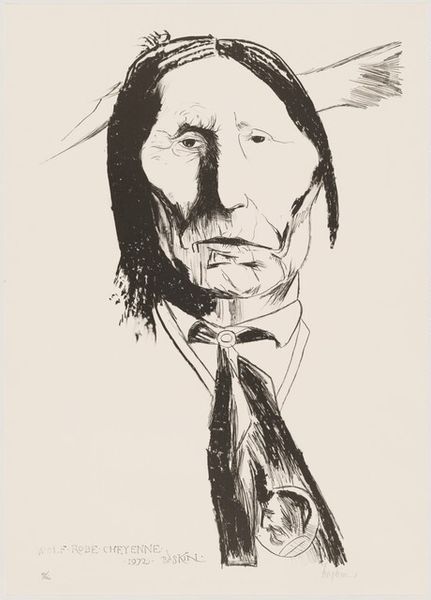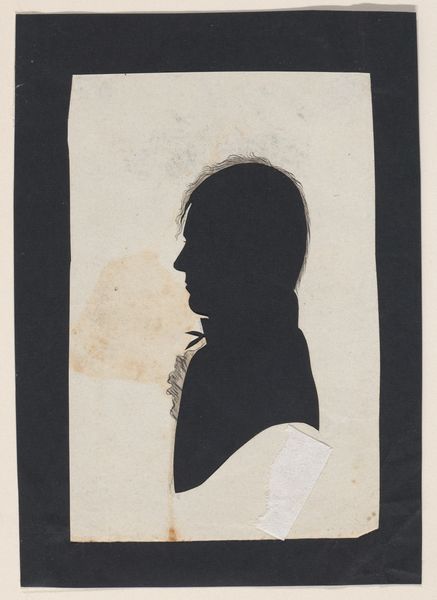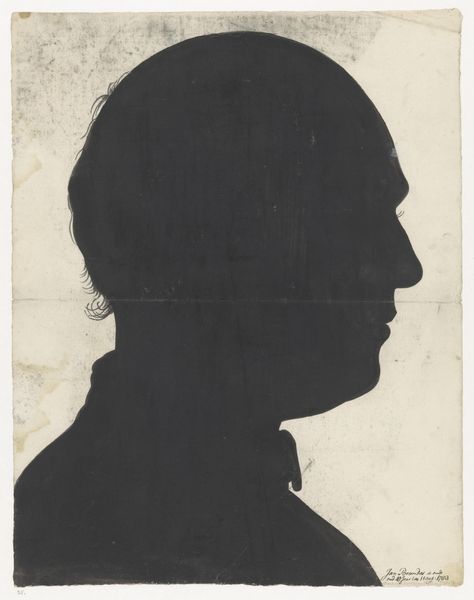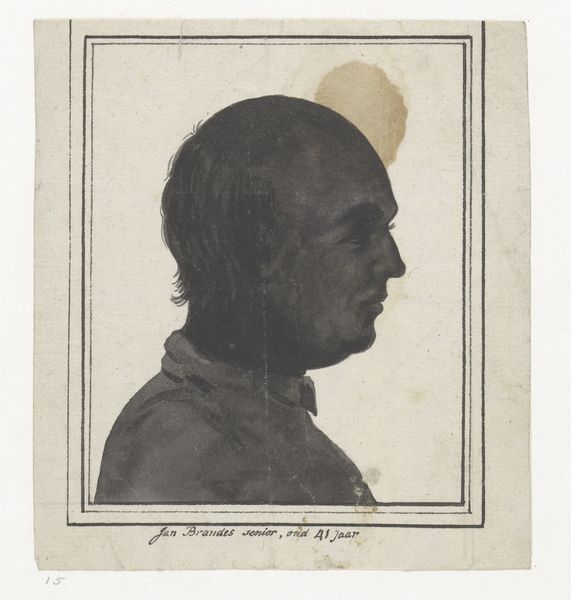
print, etching
#
portrait
# print
#
etching
#
caricature
Dimensions: image: 86 × 61 cm (33 7/8 × 24 in.) sheet: 105.73 × 75.57 cm (41 5/8 × 29 3/4 in.)
Copyright: National Gallery of Art: CC0 1.0
Editor: So here we have Leonard Baskin’s “Red Cloud,” an etching from 1975. The limited palette of reddish browns gives the portrait a striking, almost severe, quality. What do you think Baskin is trying to communicate with this stark simplicity? Curator: Baskin was, I feel, wrestling with the soul itself, with how history and memory are etched—much like this print—onto a person's very being. It's as if he’s not just showing us Red Cloud, but inviting us to consider the weight of Red Cloud’s experiences, his resistance, his humanity... and ours too. Does the earthy palette evoke a connection to the land for you, perhaps the Lakota land? Editor: Yes, definitely. The colors feel very grounded. But the figure also seems quite isolated. Is that isolation intentional, do you think? Curator: Absolutely. Isolation can be a potent symbol of the indigenous experience in America, and here, it amplifies a sense of stoicism, wouldn't you agree? Also notice Baskin’s somewhat caricatured style; those strong, almost exaggerated features. Does this enhance the dignity of the portrait, or, conversely, detract? Editor: I can see both sides. The strength of the lines is powerful, but it could also border on stereotype if not handled carefully. I guess that's the tension in the piece. Curator: Exactly! Baskin compels us to grapple with such complexity and think critically. I believe this etching acts like a conduit to dialogue and contemplation beyond just aesthetics, perhaps even stimulating us to rewrite history, a single etching at a time! Editor: This makes me appreciate Baskin’s ability to spark contemplation beyond the surface of representation. Curator: Indeed, art has an astounding power. And I think we need a sense of humor if we want to stand tall and engage with it!
Comments
No comments
Be the first to comment and join the conversation on the ultimate creative platform.

